Make Marks on the World: David Zinn’s Chalk Box
Back in March, Michigander chalk artist David Zinn was in Fort Worth discussing his inner child at the Science and History Museum.
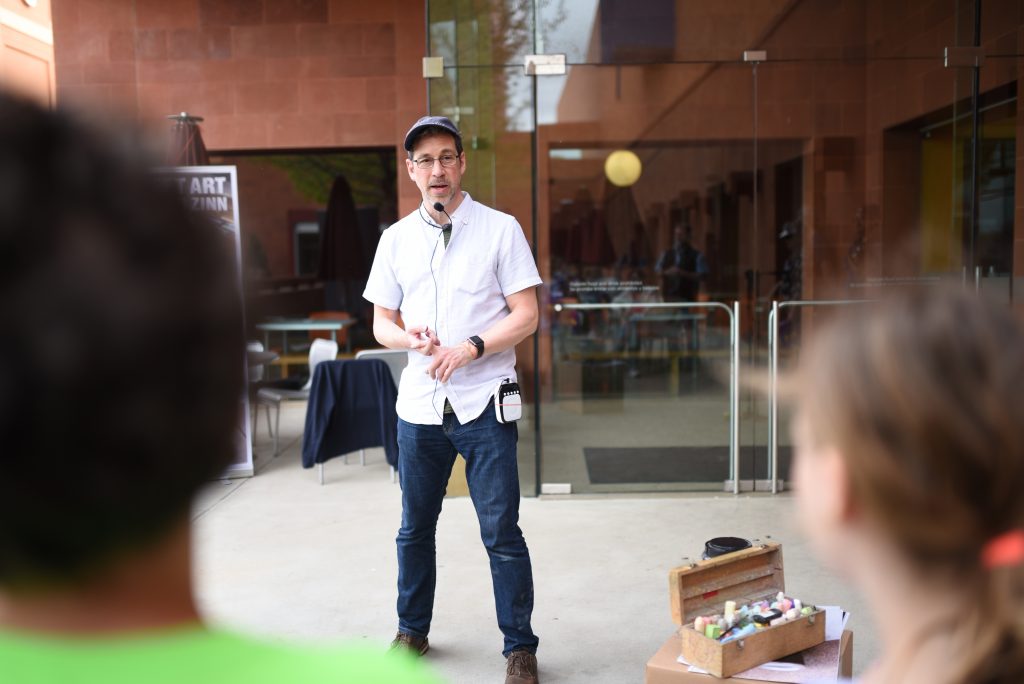
Zinn was in town for a few days to explore the city, demonstrate his unique set of skills, and on a windy evening he shared the story of his artistic journey that acts as the basis for his art book, “Temporary Preserves”. Affable and charmingly natural, David Zinn has more to teach us than best practices to save your knees or protect your hands. His artwork lives in the vortex of improvisation, aesthetics and culture with sprinklings of metaphysical creativity mojo that at no point takes itself seriously. A sublime appreciation of the moment; engineered in true invention, mystery and discovery and a much-appreciated reminder that all too often we are not engaged with our surroundings.
Credit the grey skies back home in Ann Arbor for Zinn discovering the unique characters living beneath the neighboring sidewalks; too much time spent indoors can make it a moral imperative to go outside as soon as the weather permits. A gift set of chalk had sat dormant since they were given until one day they became a part of destiny. As he notes in his book, “Often it’s something I’ve never drawn before; sometimes I’m not even sure what it is when I’m finished drawing it.” And, then, there’s Sluggo, his little green alien character, who now has his own Facebook page. Fortunately, Zinn’s home state includes chalk by name as one of the explicit modes of Free Speech, so his delightful creations pose no legal recourse – but aspiring artists should know that laws regarding chalk vary by municipality.
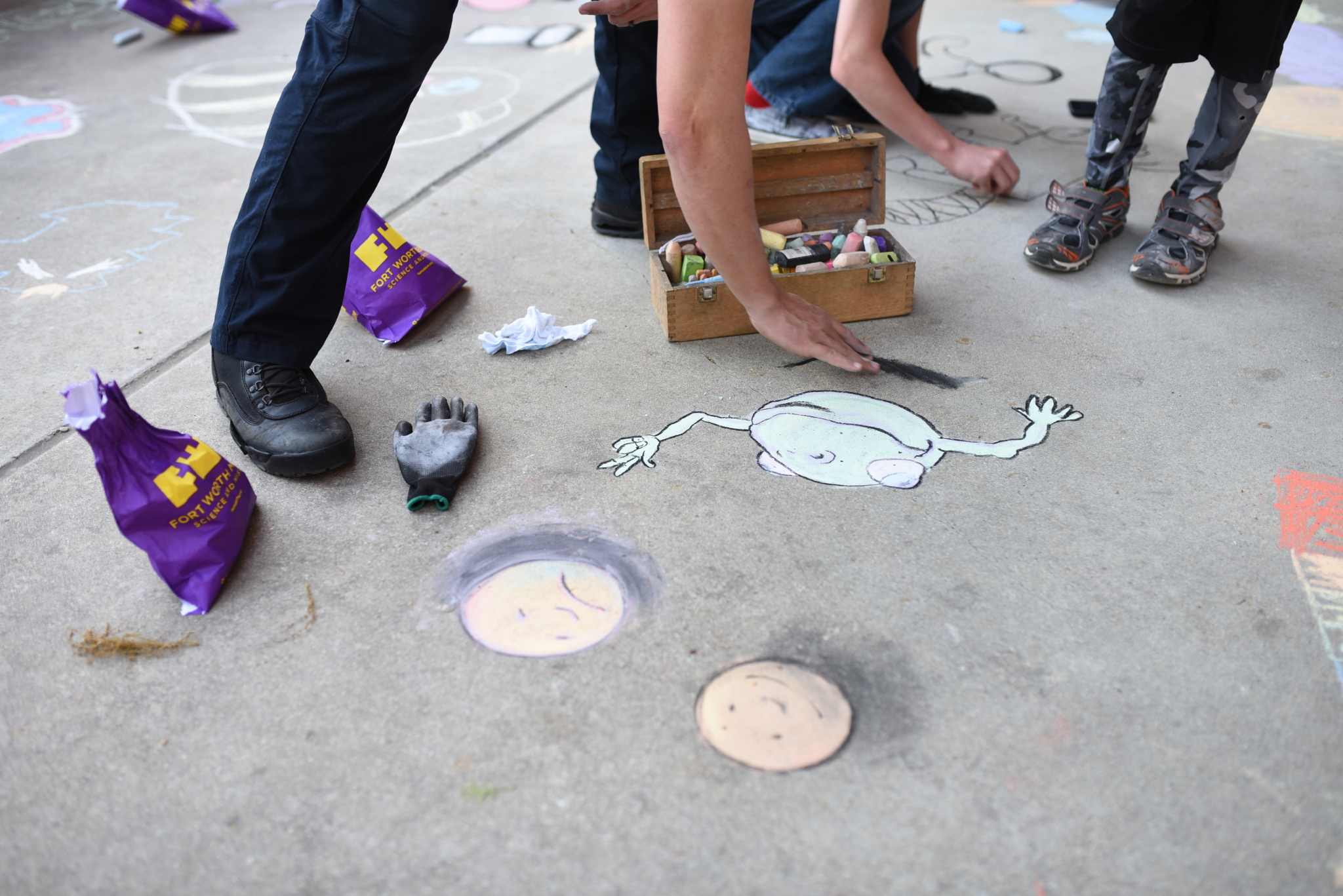
When asked if he’s an artist, Zinn might respond, “What’s an Artist? I draw stuff on stuff.” He admits that drawing can be a friend when you are lonesome, something familiar when you feel strange, “Drawing is one of my favorite drinking buddies.” Along with his Chalk Box, Zinn carries a backpack with various tools of the trade, like knee pads, gardening gloves, charcoal and a walking stick modified for chalk. Art can be wrought with mystification, exclusion and other currents of taste; fearless creativity, more than art, is what seems to rest at the core of what Zinn discusses when he encourages, “Make marks on the world.”
His love of doodles emerged after his father realized his two contentious sons were less of a problem when they had paper to draw on. The difference between their approaches would define the implicit challenge Zinn’s work presents to him and anyone so inclined; the blank page is much scarier than building on the elements you’ve been given. As he tells it, he found himself drawing imaginary critters because he felt he couldn’t mess them up. The challenge of infinite choices can be overwhelming, so Zinn prefers the well-lived upon concrete of our nation’s sidewalks. Eventually, the ingenuity of those Doodle Battles would flower into the improvisational problem-solving capabilities that fuel his anamorphic musings – the refrain of their old battle cry ringing in his ears, “Betcha can’t make something out of that.”
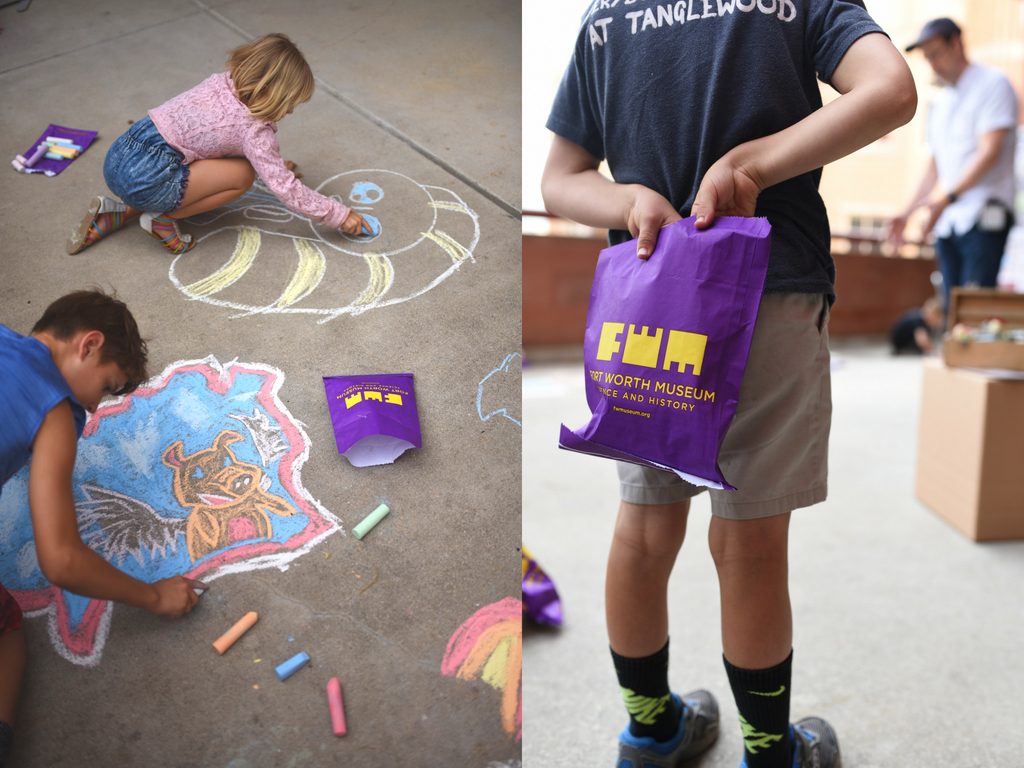
A slab of concrete can take ordinary procrastination into the stratosphere. “I realized the whole world’s a doodle battle and its always my turn.” Inherently improvisational, rather than constructing elaborate plans that require teams; Zinn says it feels as though he has a secret cheat code. Finding spaces and spots works the imagination aesthetically and allows the artist to create beyond their singular conceptions or abilities, as his rewarding little discoveries pop up off the concrete when viewed from the right spot. Of course, his chosen canvas comes with its drawbacks, “I always work with a constant risk of getting kicked in the head.” Not to mention the battle between mass transit and inspiration as he recalls a recent part of his tour, “Missed a bus the other day ‘because I just had to finish a Hippo.”
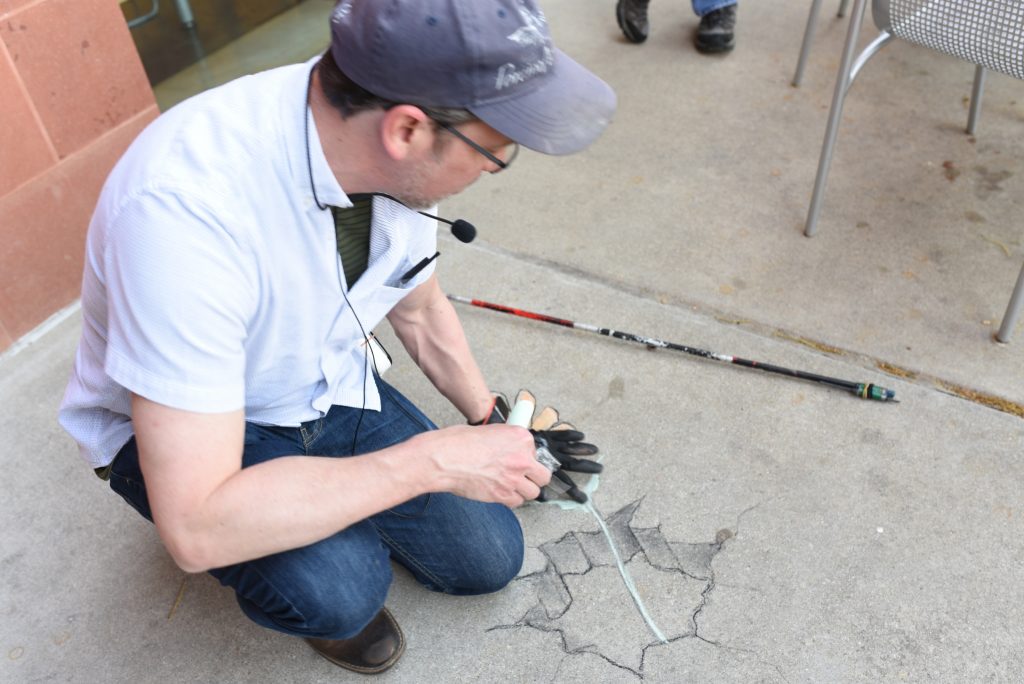
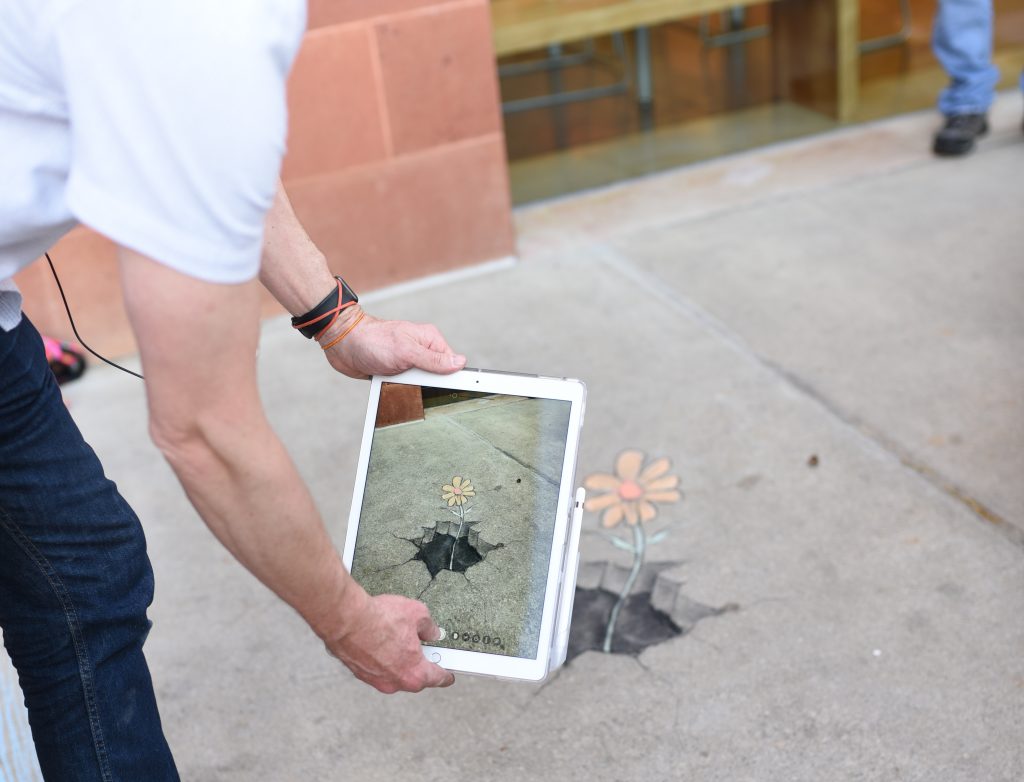
Zinn’s work on the streets invites questions about how we experience art more formally, in museums and galleries, and what implications the context has on our expectations. Typically working in windows of two hours or less, he prefers to live in the realm of the unexpected – the more personal process of finding surprises or leaving treasures behind. Once you start looking for them, your perspective on your surroundings will change and, as with the mechanisms of the creative process, your mind will be changed. “Pareidolia” is the psychological phenomenon responsible for the mind’s experiencing the illusion of familiarity – think Drunk Octopus on the back of a door – in the case of David Zinn’s chalk art, it is what allows for the appearance of depth by manipulating the vanishing point. Though he admits, “It can be sad to return and see how quickly the drawings get destroyed.” The work’s concentration is reminiscent of the ornate sand mandalas of the Tibetan Buddhist, which are ritualistically destroyed upon completion to represent the transitory nature of the material world.
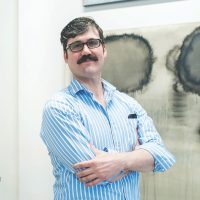 An Austin native, Lyle Brooks relocated to Fort Worth in order to immerse himself in the burgeoning music scene and the city’s rich cultural history, which has allowed him to cover everything from Free Jazz to folk singers. He’s collaborated as a ghostwriter on projects focusing on Health Optimization, Roman Lawyers, and an assortment of intriguing subjects requiring his research.
An Austin native, Lyle Brooks relocated to Fort Worth in order to immerse himself in the burgeoning music scene and the city’s rich cultural history, which has allowed him to cover everything from Free Jazz to folk singers. He’s collaborated as a ghostwriter on projects focusing on Health Optimization, Roman Lawyers, and an assortment of intriguing subjects requiring his research.


 Sign in
Sign in

